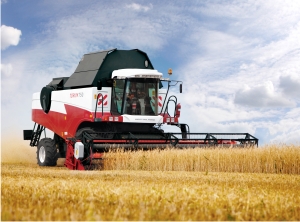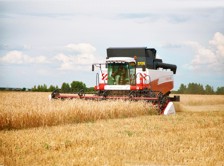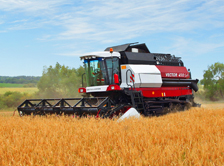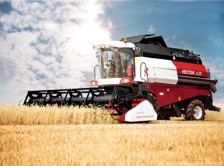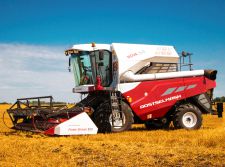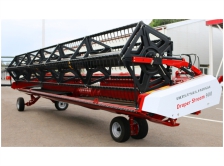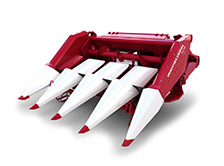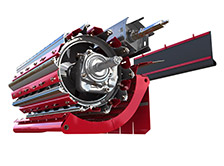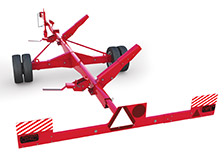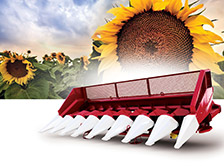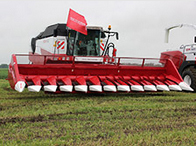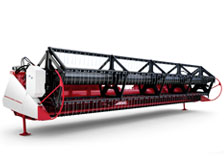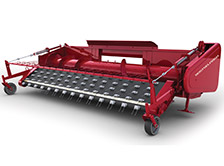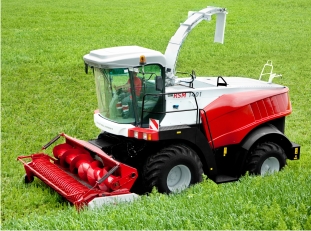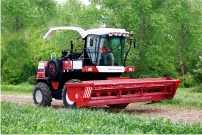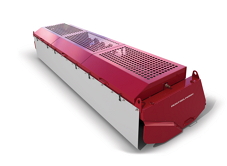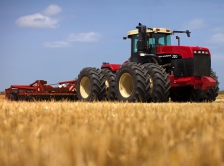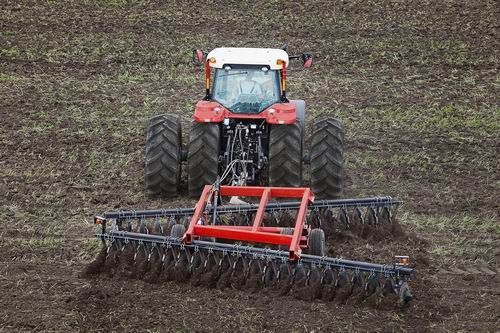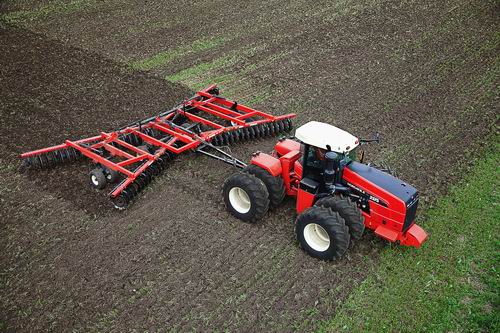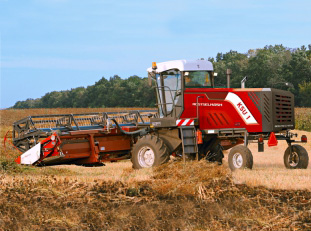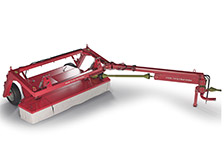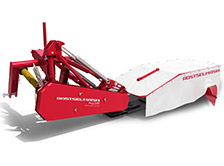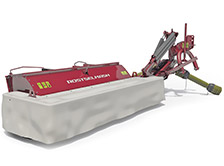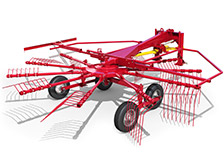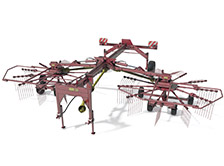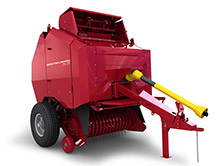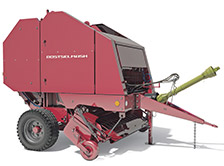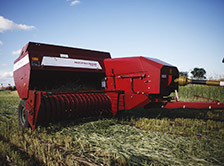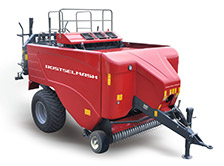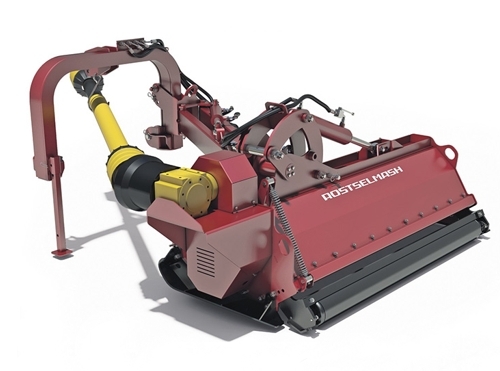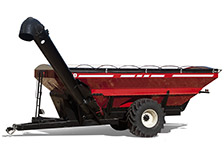1941-1949
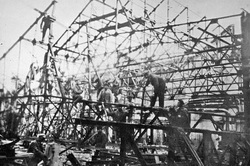 During the war, thousands of Company’s workers went to fight as volunteers, and they were replaced at machines by their wives, sisters, and children. The enterprise workshops were rebuilt rapidly to manufacture military purpose products. The machines were installed without foundations, on battens allowing to perform removal and relocation of equipment within a few hours. When German troops were near Rostov, the enterprise workers produced military purpose products and, simultaneously, built defense fortifications and bomb-shelters.
During the war, thousands of Company’s workers went to fight as volunteers, and they were replaced at machines by their wives, sisters, and children. The enterprise workshops were rebuilt rapidly to manufacture military purpose products. The machines were installed without foundations, on battens allowing to perform removal and relocation of equipment within a few hours. When German troops were near Rostov, the enterprise workers produced military purpose products and, simultaneously, built defense fortifications and bomb-shelters.
On October 13, 1941, the removal of equipment and sending it to Tashkent started. The plant evacuation has become a titanic work. Whole plant territory has turn to continuous stream of moving loads, which have been delivered by means of winches, rollers, and aviation. More than 3500 carriages required for the plant evacuation. On October 19, 1941, the last group of workers managed by Director, M.M. Titarenko, left the plant and moved to Middle Asia, Tashkent.
In order to arrange the plant in Tashkent, the sites in various city areas were provided. It was not enough, and a part of equipment was had to be sent to Chirchik, 60km away from Tashkent. So, four Rostselmash branches was established in Uzbekistan – three in Tashkent, and one in Chirchik.
On the 33rd day of the equipment arrival to Tashkent, the plant again started to produce the military purpose products. Installation of machines and conveyors was in open air conditions and in rapidly equipped barns and other premises. On the 35rd day of continuous work, the first cast iron was made. Within 3 months, the workshops of new evacuated plant were built on empty area of 12000 m2. Rostselmash produced the mine casings of 82mm caliber, warheads for RS rockets (Katyusha), demolition air bombs weighing 50, 100 and 250kg. After the WWII, on the base of equipment and remained Rostselmash specialists, Tashtextilmash plant was established in Tashkent, which, at present, is the leading enterprise in economics of Uzbekistan. A separate metallurgical plant is operating in Chirchik, which is providing nearly whole Uzbekistan with metal now.
On February 14, 1943, the South Front troops freed Rostov. The city was in ruins. Almost all enterprises, including Rostselmash and its towns, were demolished. Germans regularly were exploding and firing the plant within eight days before retreat. All workshops, living houses, culture center, agricultural machine-building institute, etc. turned into piles of ruins. 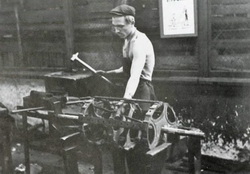 The plant material damage comprised more than 180 million Stalin rubles.
The plant material damage comprised more than 180 million Stalin rubles.
On February 23, on the 10th day of Germans’ retreat, the first 33 Rostselmash machines started to operate in demolished Rostov. At the same time, preparation of military purpose equipment production was started, and the repair of battle tanks, tractors and vehicles was organized. In order to refurbish the plant, it had to clean 150000 m3 of obstructions, lay 21 million of bricks and 37000m3 of concrete, install 8000 tons of metal structures, and lay 185000 m3 of roof panels. 145000 m3 of production facilities were put into operation within a short time.
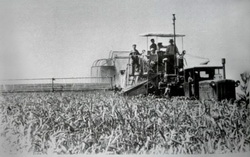 While the intensive plant refurbishing was going on, the Rostselmash specialists, A.A. Krasnichenko, V.V. Proshunin and I.I. Popov, have developed the Stalinets-6 harvester design, and the first harvesters of this model were assembled in harvesting machines workshop on April 30, 1947. Its designers became laureates of Stalin Award. Rostselmash was completely refurbished in November 1948. 7190 harvesters were produced this year, and, in a year, in 1949, the enterprise exceeded the prewar production level. Total number of produced harvesters within the fourth five-year plan (1946-1950) comprised 34114 machines.
While the intensive plant refurbishing was going on, the Rostselmash specialists, A.A. Krasnichenko, V.V. Proshunin and I.I. Popov, have developed the Stalinets-6 harvester design, and the first harvesters of this model were assembled in harvesting machines workshop on April 30, 1947. Its designers became laureates of Stalin Award. Rostselmash was completely refurbished in November 1948. 7190 harvesters were produced this year, and, in a year, in 1949, the enterprise exceeded the prewar production level. Total number of produced harvesters within the fourth five-year plan (1946-1950) comprised 34114 machines.

